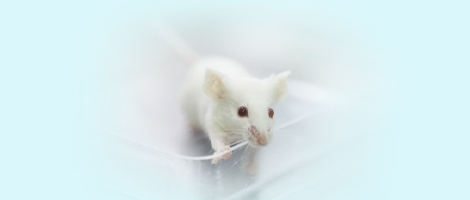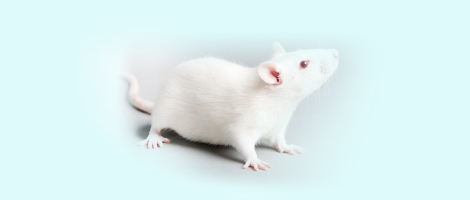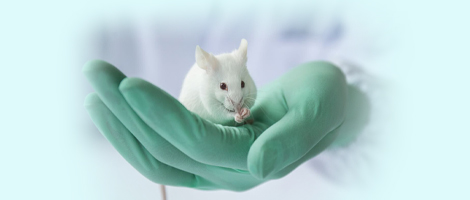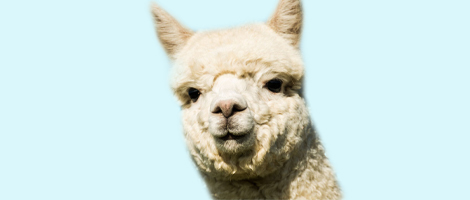[1] Voikar V, Koks S, Vasar E, et al.Strain and gender differences in the behavior of mouse lines commonly used in transgenic studies[J]. Physiol Behav, 2001, 72(1-2): 271-281.
[2] Serpi R, Klein-Rodewald T, Calzada-Wack J, et al.Inbred wild type mouse strains have distinct spontaneous morphological phenotypes[J]. Histol Histopathol, 2013, 28(1): 79-88.
[3] Frankel WN.Mouse strain backgrounds: more than black and white[J]. Neuron, 1998, 20(2): 183.
[4] Crawley JN. Unusual behavioral phenotypes of inbred mouse strains[J]. Trends Neurosci, 1996, 19 (5):181-182; discussion 188-189.
[5] Seibenhener ML, Wooten MC.Use of the Open Field Maze to measure locomotor and anxiety-like behavior in mice[J]. J Vis Exp, 2015, (96): e52434.
[6] Cryan JF, Mombereau C, Vassout A.The tail suspension test as a model for assessing antidepressant activity: review of pharmacological and genetic studies in mice[J]. Neurosci Biobehav Rev, 2005, 29(4-5):571-625.
[7] Barnhart CD, Yang D, Lein PJ.Using the Morris water maze to assess spatial learning and memory in weanling mice[J]. PLoS One, 2015, 10(4):e0124521.
[8] Vorhees CV, Williams MT.Morris water maze: procedures for assessing spatial and related forms of learning and memory[J]. Nat Protoc, 2006, 1(2):848-858.
[9] Weitzner DS, Engler-Chiurazzi EB, Kotilinek LA, et al.Morris water maze Test: optimization for mouse strain and testing environment[J]. J Vis Exp, 2015, (100):e52706.
[10] Eagle AL, Wang H, Robison AJ. Sensitive assessment of hippocampal learning using temporally dissociated passive avoidance task[J]. Bio Protoc, 2016, 6(11).pii: e1821.
[11] Hwang CJ, Yun HM, Park KR, et al.Memory impairment in estrogen receptor alpha knockout mice through accumulation of amyloid-beta peptides[J]. Mol Neurobiol, 2015, 52(1):176-186.
[12] Masocha W, Kombian SB, Edafiogho IO.Evaluation of the antinociceptive activities of enaminone compounds on the formalin and hot plate tests in mice[J]. Sci Rep, 2016, 6:21582.
[13] Griebel G, Holmes A.50 years of hurdles and hope in anxiolytic drug discovery[J]. Nat Rev Drug Discov, 2013, 12(9):667-687.
[14] Homanics GE, Quinlan JJ, Firestone LL.Pharmacologic and behavioral responses of inbred C57BL/6J and strain 129/SvJ mouse lines[J]. Pharmacol Biochem Behav, 1999, 63(1):21-26.
[15] Dockstader CL, van der Kooy D. Mouse strain differences in opiate reward learning are explained by differences in anxiety, not reward or learning[J]. J Neurosci, 2001, 21(22):9077-9081.
[16] Bilder RM, Goldman RS, Robinson D, et al.Neuropsychology of first-episode schizophrenia: initial characterization and clinical correlates[J]. Am J Psychiatry, 2000, 157(4): 549-559.
[17] Heinrichs RW, Zakzanis KK.Neurocognitive deficit in schizophrenia: a quantitative review of the evidence[J]. Neuropsychology, 1998, 12(3):426-445.
[18] Tyler WJ, Alonso M, Bramham CR, et al.From acquisition to consolidation: on the role of brain-derived neurotrophic factor signaling in hippocampal-dependent learning[J]. Learn Mem, 2002, 9(5):224-237.
[19] Shoji H, Takao K, Hattori S, et al.Age-related changes in behavior in C57BL/6J mice from young adulthood to middle age[J]. Mol Brain, 2016, 9:11.
[20] 王维刚, 周嘉斌, 朱明莉, 等. 小鼠动物实验方法系列专题(一)——Morris水迷宫实验在小鼠表型分析中的应用[J]. 中国细胞生物学学报, 2011, (1):8-14. |






